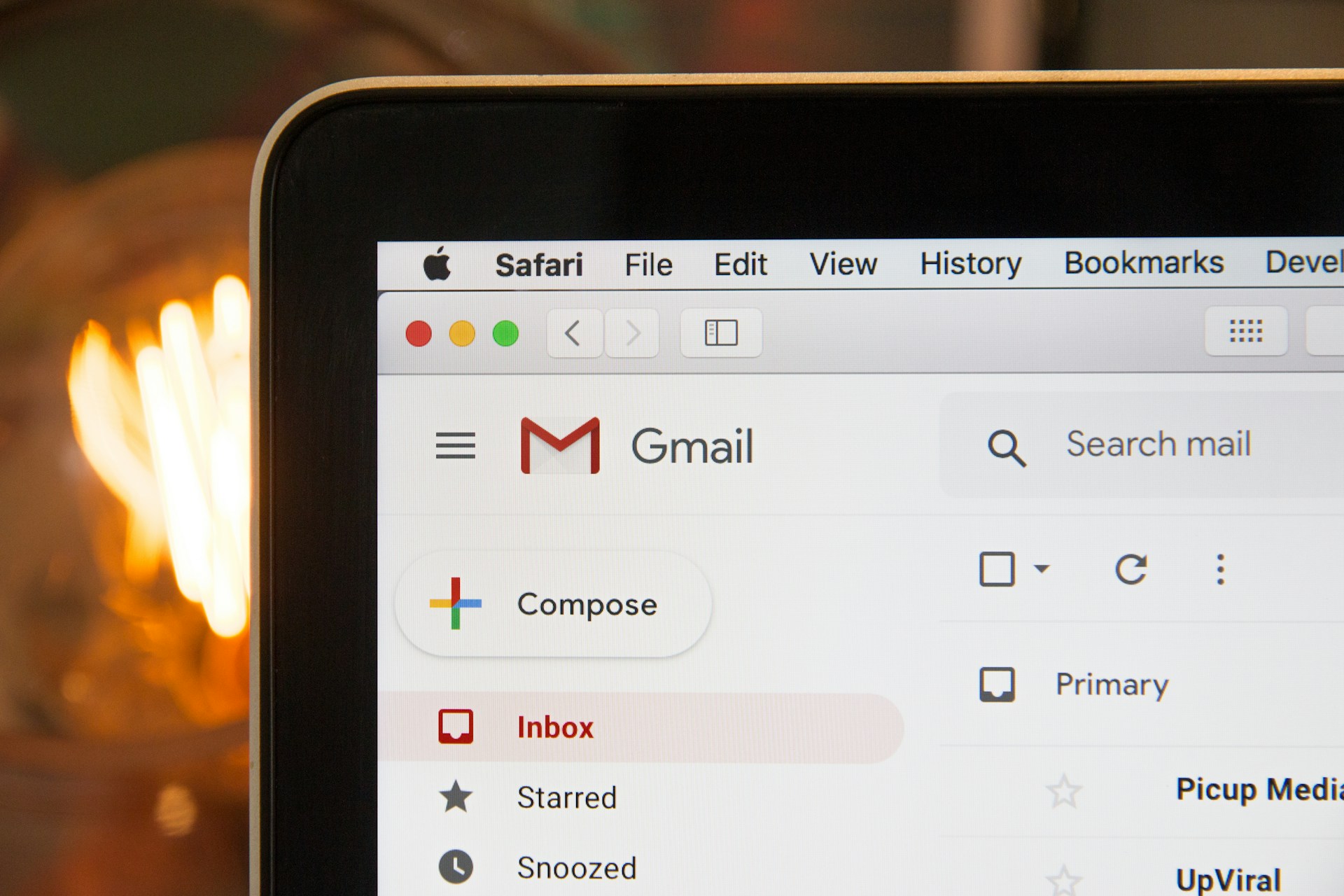
In today’s digital-first marketing landscape, where social media ads, influencer campaigns, and streaming services dominate attention spans, traditional TV advertising is often questioned. Is it still worth the hefty price tag? Or has its golden age come and gone?
Despite the growing buzz around digital platforms, TV advertising remains a powerful medium—especially when used strategically. While it may not be the obvious first choice for every brand, dismissing it entirely could mean missing out on unique advantages that only television can offer.
One of TV’s most enduring strengths is its reach. Millions of people still watch live television—especially for news, sports, and major events like the Super Bowl or award shows. For brands looking to make a nationwide impact quickly, few platforms rival the reach of a well-placed TV ad.
Even in the age of streaming, traditional TV remains a dominant force in many households. According to recent Nielsen data, linear TV still captures a significant share of viewing time, particularly among older demographics and families.
TV advertising also carries a certain level of credibility. For many viewers, brands that appear on television are seen as more established and trustworthy. That’s not always the case with online ads, which can be skipped, blocked, or dismissed as spammy.
This trust factor can be especially valuable for companies launching a new product, building brand authority, or targeting audiences who are less responsive to digital ads—such as older consumers or those in less digitally saturated regions.
Yes, TV advertising is expensive. From production to airtime, the costs can be daunting—especially for small or mid-sized businesses. Prime-time slots during popular shows can cost thousands to millions of dollars, depending on the channel and viewership.
However, when executed well, the return on investment (ROI) can be substantial. A memorable TV campaign can drive massive brand awareness, reinforce brand identity, and even boost sales. Think of how campaigns like “Got Milk?” or Apple’s iconic iPod ads left a lasting cultural imprint.
For companies with the budget to support a multi-platform strategy, TV can act as a strong anchor, with digital and social campaigns reinforcing the message across other channels.
TV advertising isn’t just confined to cable and network channels anymore. Connected TV (CTV) and streaming platforms like Hulu, YouTube TV, and Roku are opening new doors for advertisers. These platforms combine the visual impact of traditional TV with the targeting capabilities of digital ads.
Marketers can now tailor ads based on viewer behavior, demographics, and location—something traditional broadcast TV couldn’t do. Plus, these newer platforms often offer lower entry costs, making TV-style advertising more accessible to a broader range of businesses.
So, is TV advertising still worth the cost? The answer depends on your goals, audience, and budget. For brands seeking mass exposure, trust-building, and long-term brand equity, TV still holds significant value. But to get the most out of it, TV should be part of an integrated marketing strategy—not a standalone effort.
Smart marketers are finding ways to blend the old with the new, using TV to drive attention and digital platforms to drive engagement and conversions. In that mix, TV advertising—though expensive—can still be very much worth the cost.

